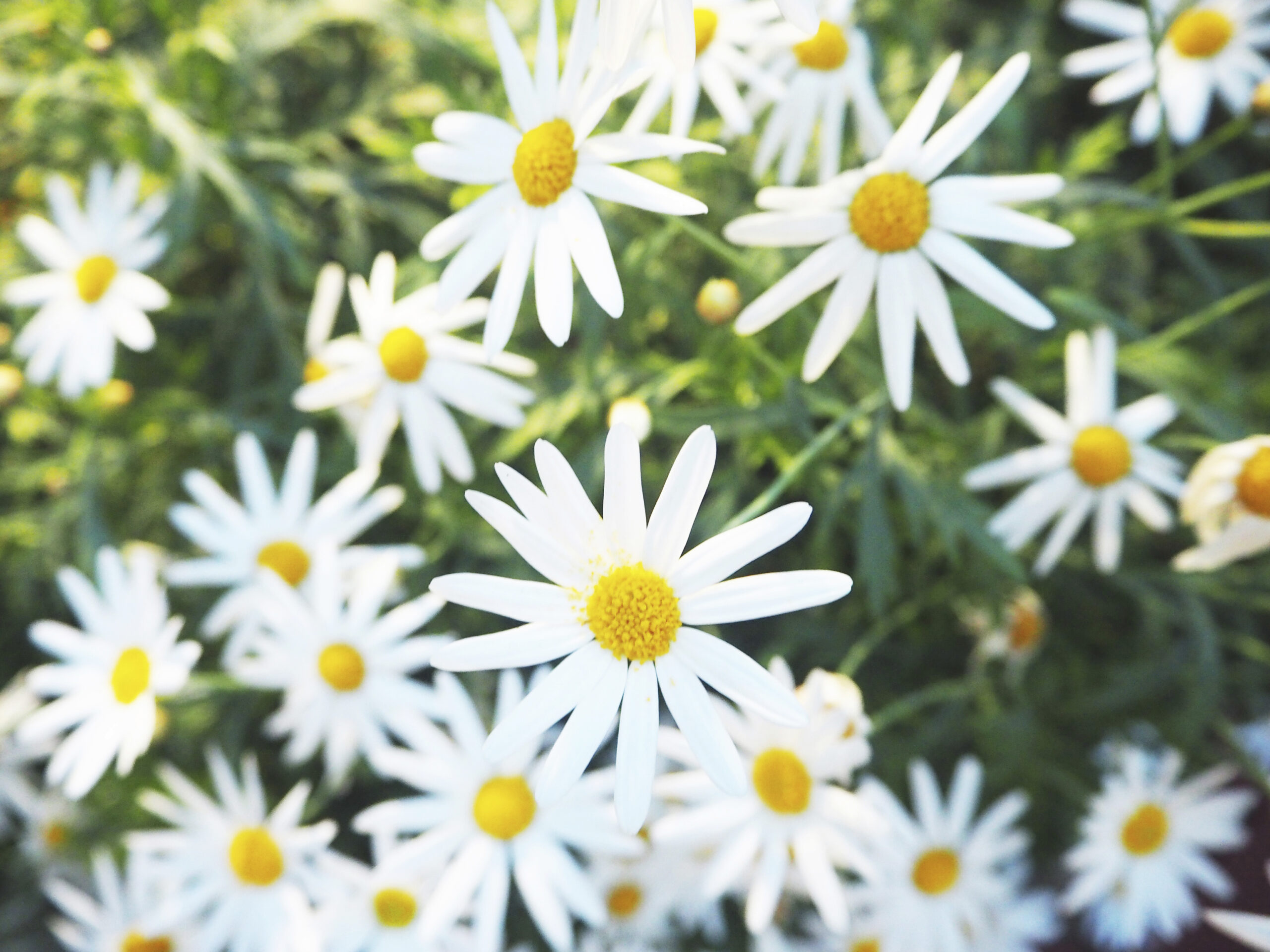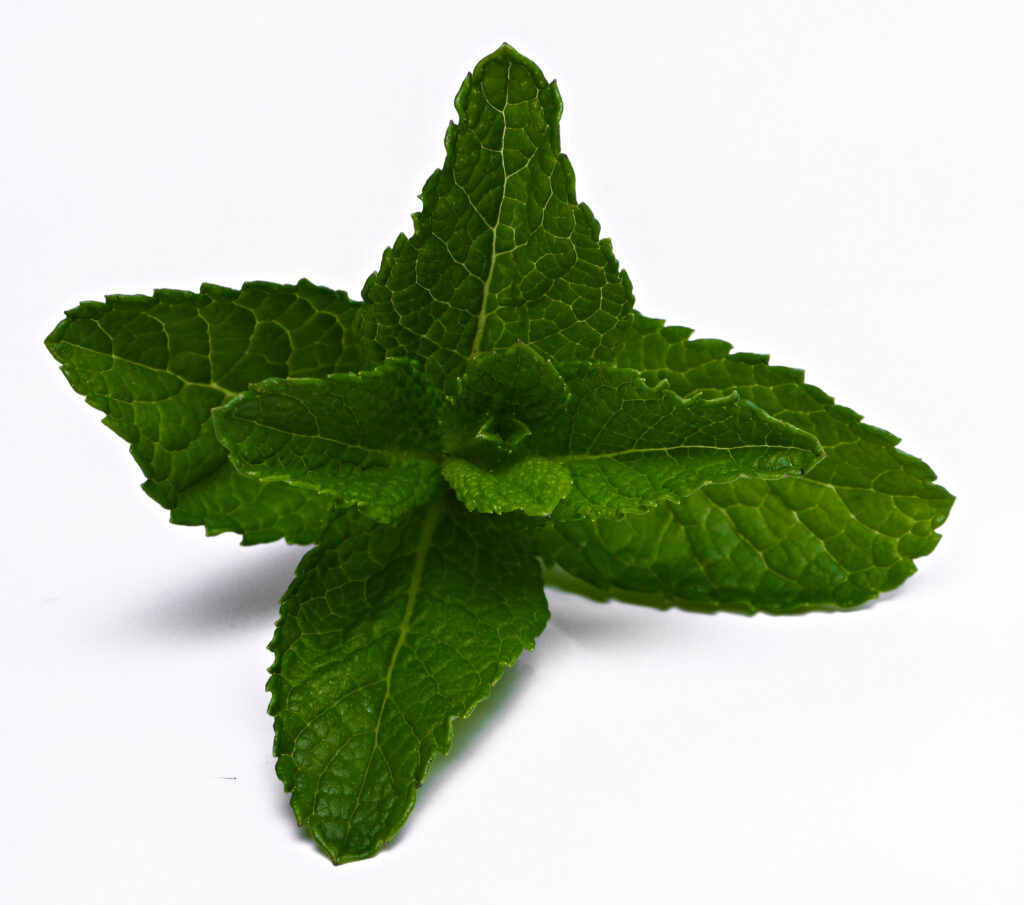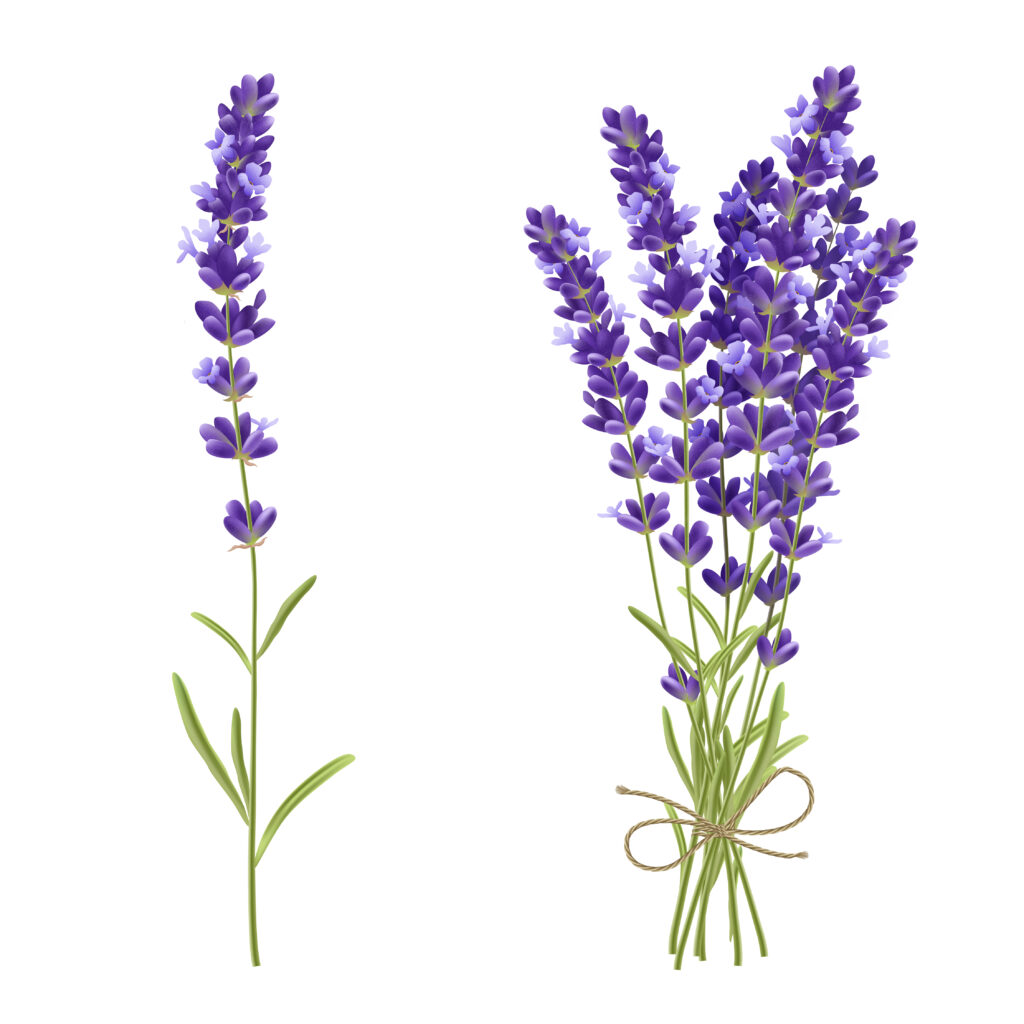How to make your own herbal e-liquid is a rewarding way to enjoy natural ingredients while tailoring the vaping experience to your personal preferences. It’s a cost-effective and creative process that allows you full control over the flavors and substances you inhale. Whether you’re looking for natural vape juice to support relaxation or energize your day, this guide will provide everything you need to get started.
What is Herbal E-Liquid?
Herbal E-liquid is a homemade vape juice crafted from plant-based tinctures and extracts rather than synthetic flavorings or nicotine. Moreover, it includes a base of vegetable glycerin (VG) and propylene glycol (PG) combined with natural herbal essences like chamomile, peppermint, or eucalyptus.
Unlike traditional e-liquids, this organic alternative is free of artificial chemicals and offers the potential benefits of the herbs used. Also, chamomile is known for its calming properties, while peppermint can help provide a refreshing boost of energy.
Why Make Your Own Herbal E-Liquid?
Explore the Benefits
Creating homemade e-liquids offers several advantages:
Customization: Choose herbs and flavors that suit your preferences.
Transparency: Know exactly what you’re vaping by using food-grade, organic vape ingredients.
Cost Savings: Over time, DIY herbal e-liquid recipes are far cheaper than store-bought options.
Sustainable Alternative: Reduce waste by reusing equipment and opting for eco-friendly practices.
Ingredients for Natural Vape Juice
To produce high-quality herbal e-liquid, you’ll need specific components designed for safe vaping.
Essential Ingredients:
Herbal Tinctures or Extracts
Popular choices include:
Chamomile used for stress relief.
Peppermint for an energizing experience.
Lavender is effective for relaxation and sleep support.
Vegetable Glycerin (VG) creates thick vapor clouds and is derived from plants. Look for USP-grade glycerin for the highest quality.
Propylene Glycol (PG) is responsible for carrying and distributing flavor. Ensure it’s food-grade for safe consumption.
Natural Flavorings (Optional) Add food-based flavorings like vanilla or citrus to enhance your blend.
Distilled Water or Alcohol These are optional but can thin the base mixture for smoother vaping.

Chamomile for stress relief.

Peppermint for an energizing experience.

Lavender for relaxation and sleep support.
Tools and Equipment You’ll Need
• Sterile Mixing Bottles
Use pre-sanitized containers to avoid contamination.
• Measuring Syringes or Pipettes
These allow precise measurement for herbal extracts, VG, and PG ratios.
• Fine Strainer or Cheesecloth
For removing herb particles during the final steps.
How to Make Homemade E-Liquid?
Select Herbs and Extracts
Identify herbs based on your desired effects:
• For calming blends, choose chamomile or valerian.
• Moreover, for energy, mint and green tea extracts are excellent choices.
Prepare the Base Mixture
Combine VG and PG in your preferred ratio. A 70% VG to 30% PG blend works well for smooth vapor and flavor; however, you can adjust based on personal preference.
Add Herbal Tinctures
Use a syringe or pipette to gradually mix the extracts into the base. Start with one drop per 10 mL of the liquid and adjust for flavor intensity.
Mix and Steep
Shake the bottle thoroughly and allow the blend to steep for one to two weeks in a dark, cool place. This deepens the flavor and ensures the ingredients are evenly distributed.
Optional Straining
If any particles remain, strain the mixture through a fine mesh or cheesecloth for a consistent liquid.
Addressing Safety Concerns
Safety is paramount when making your own herbal e-liquids. Follow these precautions:
• Always use USDA food-grade ingredients.
• Avoid oil-based tinctures, as they are unsuitable for inhalation.
• Use small batches to test for flavor and safety before scaling up.
Exploring Environmental Benefits
DIY herbal e-liquid isn’t just budget-friendly—it’s also environmentally conscious. By creating your own mixtures, you can:
• Avoid single-use plastic cartridges.
• Reuse containers and reduce packaging waste.
• Choose organic materials for a sustainable product.
Common Questions About Homemade Vape Juice
Is Herbal Vaping Safe?
When made with food-grade, high-quality ingredients, herbal vaping can be a safe alternative. However, some herbs may cause irritation if inhaled in concentrated forms, so research is key.
Can I Mix Multiple Herbs?
Yes, combining herbal extracts like lavender and chamomile can create complex flavor profiles. Experiment with small quantities to strike the right balance.
What’s the Shelf Life of Homemade E-Liquid?
Store your e-liquid in cool, dark places. Also, When properly handled, it can last up to two years, but always check for signs of spoilage.


Leave a Reply